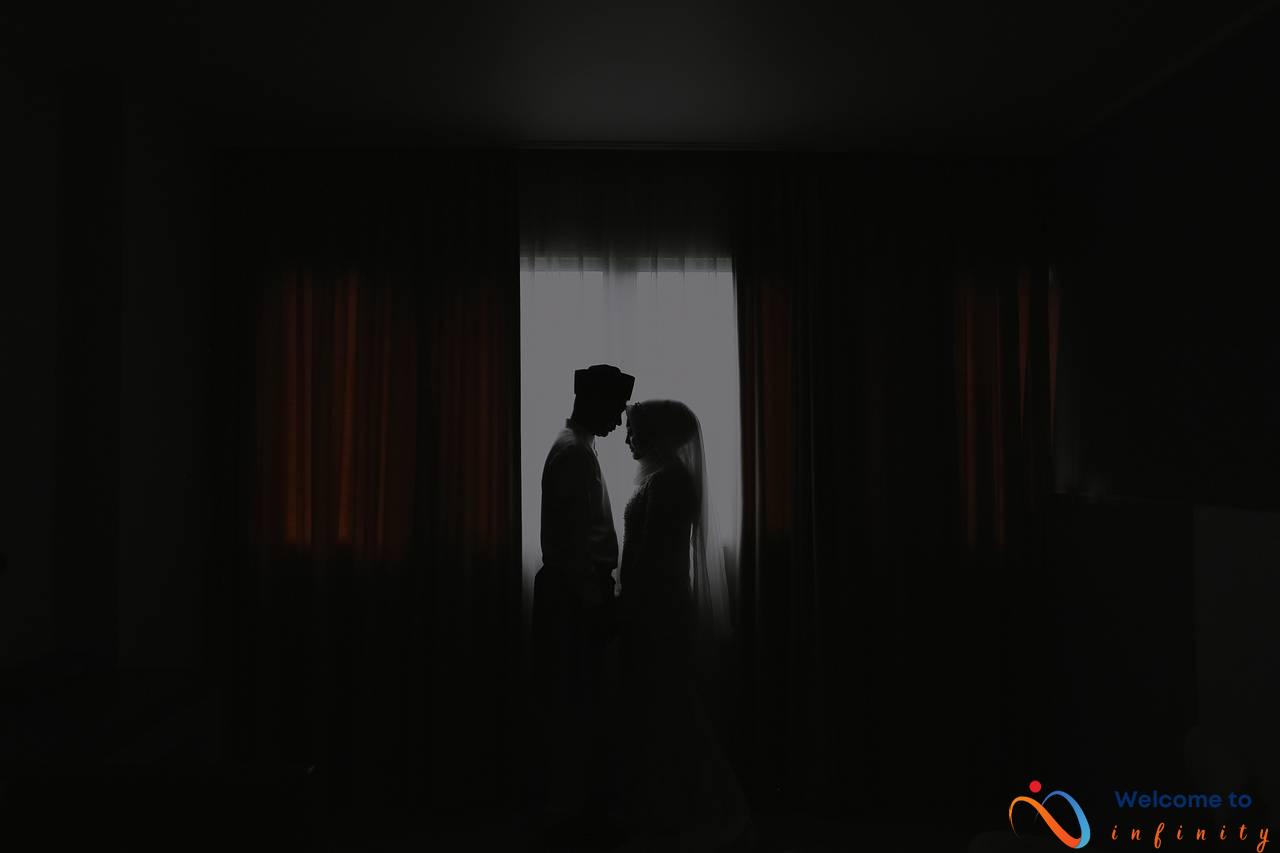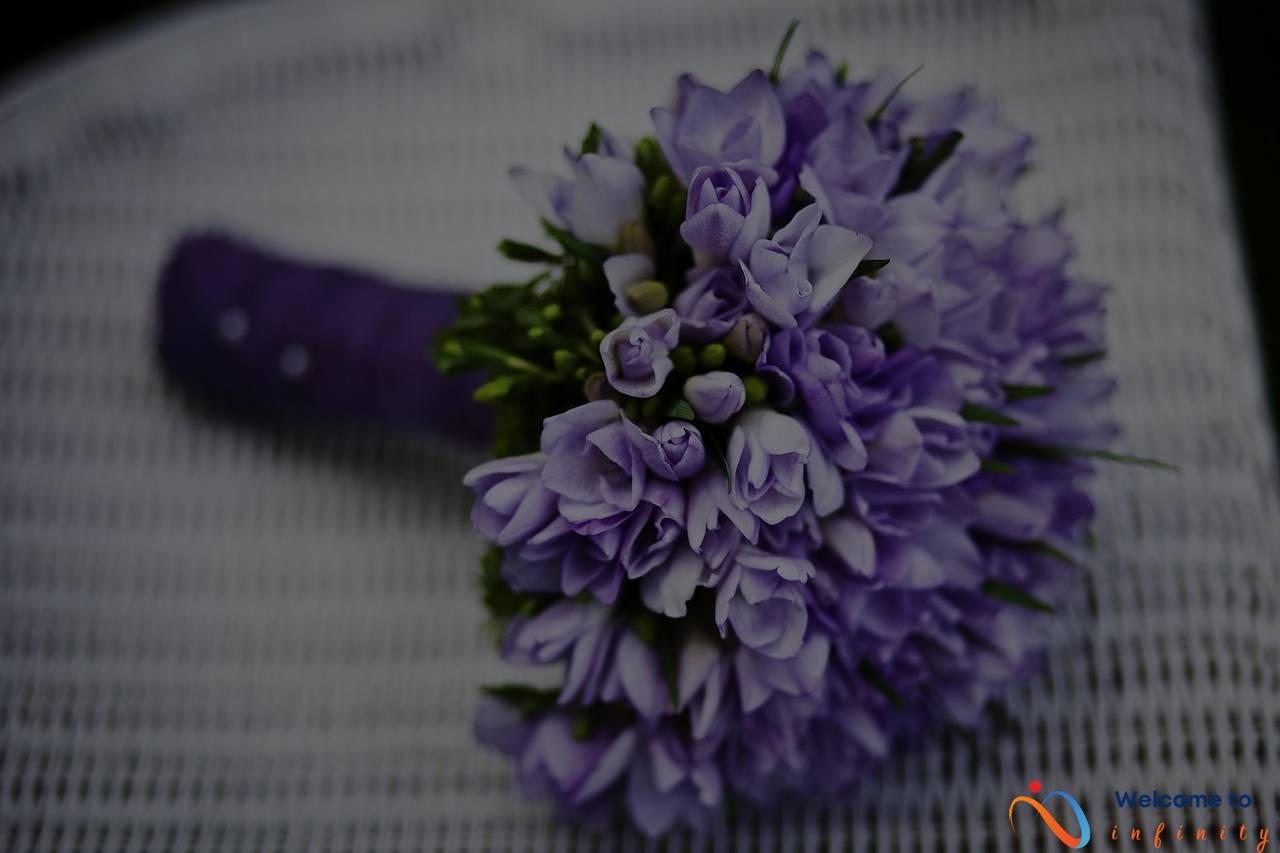Weddings are complex events that require careful planning to ensure a smooth and successful celebration. One aspect of planning that is often overlooked is transitions between events. Whether it's moving from the ceremony to photos or from dinner to dancing, a smooth transition is crucial. Without proper planning, transitions can be chaotic, confusing, and disruptive to the celebration.
One way to ensure smooth transitions is to create a detailed timeline that outlines each event and its duration. This timeline can be shared with the wedding party and other vendors to ensure everyone is on the same page. Communication is key, and keeping the wedding party informed of any schedule changes or delays can help minimize confusion and ensure everyone is where they need to be.
- Assigning specific tasks to members of the wedding party, such as gathering guests for the next event, can also help ensure things run smoothly.
- Designating a point person, such as the maid of honor or best man, to manage transitions can further eliminate confusion and ensure timely transitions.
- Rehearsing transitions during the wedding rehearsal can help identify and resolve any issues before the big day.
It is also essential to consider the venue's layout when planning transitions. Placing the bar near the dance floor or having a separate space for cocktail hour can help guests move seamlessly between events. Providing directional signage can also help minimize confusion and allow guests to find the next event easily.
Finally, keeping guests entertained during transitions can help prevent any lulls in the celebration. Providing entertainment, such as a photo booth or games, can keep guests occupied and make for a more memorable experience.
By following these tips, you can ensure smooth transitions between wedding events and create a celebration that everyone will remember forever.
Create a Timeline
When planning a wedding that involves multiple events, creating a detailed timeline is crucial. The timeline should outline each event and its timing, helping to keep everyone on track and ensure that the transitions between events are smooth.
To create an effective timeline, start by deciding on the order of events. Will there be a ceremony followed by a cocktail hour and then a reception? Make a list of each event, including the start and end times. Consider how much time guests will need to travel between locations if the events are taking place in different venues.
You can use a table to organize the information and make it easy to read. Use columns for each event, and include a row for the start and end times, a brief description of the activity, and any notes such as important guests or equipment needed. This table can be shared with the wedding party and vendors so that everyone is on the same page.
- Include buffer time in the timeline to account for any unexpected delays or situations.
- Be sure to communicate any changes to the timeline with everyone involved so that they can adjust accordingly.
Overall, a detailed timeline is an essential ingredient for a successful wedding celebration. It can also help reduce stress for the bride and groom by ensuring that everything runs smoothly and on schedule.
Communicate with Wedding Party
Communication is key when it comes to ensuring smooth transitions between wedding events. It is important to keep the wedding party, including bridesmaids, groomsmen, and ushers, informed of the timeline and any changes that may occur.
One way to do this is by creating a detailed timeline, which should be shared with the wedding party. This timeline should include the start and end times for each event, as well as any important details such as locations and attire. By sharing this information ahead of time, everyone will know what to expect and when to be ready.
Another important factor is to encourage open communication between the bride, groom, and wedding party. This can be done through email, group texts, or even a private Facebook group. This way, any changes or updates can be quickly communicated to everyone involved.
To keep everyone on the same page, it can also be helpful to assign specific responsibilities to members of the wedding party. For example, one bridesmaid could be responsible for gathering guests for the grand entrance, while a groomsman could be in charge of making sure everyone is ready for the ceremony. By delegating these tasks, everyone will know their role and what is expected of them.
Ultimately, effective communication is the key to avoiding confusion and ensuring that everything runs smoothly on your wedding day. By keeping everyone informed and sharing the timeline of events, you can focus on enjoying your special day, rather than worrying about logistics and scheduling.
Assign Responsibilities
Assigning specific tasks to members of the wedding party is a great way to ensure that each event runs smoothly and transitions are seamless. Responsibilities can vary depending on the size and complexity of the wedding, but commonly include tasks such as gathering guests for the next event, ensuring the wedding party is ready for their entrance, or checking that all necessary items are in place.
It's important to assign responsibilities to reliable members of the wedding party who are willing and able to carry out their tasks effectively. Communication is key when assigning tasks to ensure that everyone is on the same page and understands their duties. Providing written instructions can also be helpful to ensure that everyone has a clear understanding of what is expected of them.
- Assign tasks well in advance. Provide ample time for each member of the wedding party to understand their responsibilities and ask any questions they may have.
- Make sure everyone is comfortable with their assigned tasks. If someone is not comfortable with a specific task, consider assigning them something else.
- Consider the personalities and strengths of each member of the wedding party when assigning tasks. For example, someone who is outgoing and enjoys socializing may be a good fit for the task of gathering guests for the next event.
- Have a backup plan. In case someone is unable to perform their assigned task, have a backup plan in place to ensure that the transition still runs smoothly.
Assigning responsibilities can be a great way to involve members of the wedding party and make them feel like they are contributing to the success of the celebration. By ensuring that everyone has a clear understanding of their role and is prepared to carry it out, transitions between events can be seamless, and the wedding celebration can be enjoyed by all.
Have a Point Person
Having someone as a designated point person can be a game-changer when it comes to smooth transitions between wedding events. This person can be the maid of honor, best man, or anyone else who is organized and responsible. Their role would be to manage the timeline, communicate any schedule changes to the wedding party, and ensure that everything runs smoothly.
The point person can also be responsible for coordinating with the vendors and making sure they are at the right place at the right time. That way, the bride and groom don't have to worry about anything and can enjoy their special day.
Assigning someone to be the point person also eliminates confusion and keeps everyone on track. They will be the go-to person for any questions or concerns about the wedding schedule, and they will have the authority to make decisions if something unexpected happens.
It's important to choose a reliable and organized person as the point person, someone who is familiar with the wedding timeline, and is comfortable communicating with the wedding party. It's also a good idea for the bride and groom to communicate their expectations with the point person beforehand to avoid any misunderstandings.
Rehearse Transitions
One of the best ways to ensure smooth transitions between wedding events is by rehearsing them beforehand during the wedding rehearsal. Doing so can help identify and resolve any issues that may arise before the big day.
During the practice, the wedding party can run through each event, focusing on the transitions between them. This will help them identify any potential issues, such as a delay in setting up the next event, that may cause a complication during the actual wedding celebration.
Furthermore, rehearsing with the wedding party will help ensure that everyone knows what to do, where to go, and when to do it. This includes making sure that the point person is aware of the timeline and knows when it's time to begin each new event.
If any issues do arise during the rehearsal, the wedding party can make necessary adjustments to ensure smooth transitions during the actual wedding day. For instance, they can decide to start an event a little earlier or provide additional signage to guide guests to the right location.
Overall, rehearsing the transitions between events is a simple yet effective way to ensure a seamless wedding celebration. It enables the wedding party to work out any kinks beforehand, so they can focus on enjoying the special day with their loved ones.
Incorporate Music
If you're looking for a way to keep your guests engaged and entertained during the transitions between wedding events, incorporating music can be a great solution. Music has a way of setting the tone and creating a seamless flow from one event to the next.
One way to incorporate music is to have a designated playlist for each event. For example, you can have a playlist for the cocktail hour, dinner, and dancing. This way, guests will know what to expect and the music will help guide them through the transition from one event to the next.
Another way to use music effectively is to have a designated song or piece of music that signals the transition between events. For example, you can have a certain song play when it's time for the bride and groom to make their entrance, or when guests should move from the cocktail hour to the reception. This will help get everyone moving in the right direction and create a cohesive flow to the celebration.
If you're looking for more creative ways to incorporate music, you can consider having live performers or a DJ. They can not only provide great entertainment, but also help manage the transitions between events, ensuring a smooth flow throughout the wedding day.
Overall, incorporating music into your wedding day can help keep guests engaged and make the transitions between events seamless. Whether it's through a carefully crafted playlist or a live performance, music can be a powerful tool for creating a memorable and enjoyable celebration.
Consider Venue Layout
When planning a wedding, it's not just about the events themselves but also the transitions between them. One way to ensure smooth transitions is to carefully consider the layout of the venue.
Start by determining the flow of the events and where they will take place. Will the ceremony be in one area, with the reception in another? Is there a cocktail hour, and if so, where will it be held? Once you have this mapped out, you can begin to think about how to make the transitions between these events seamless.
For example, if your venue has multiple rooms or areas, consider placing the bar near the dance floor. This will not only encourage guests to move between the two spaces but also prevent congestion in other areas. Similarly, if there are multiple seating areas, make sure they are all easily accessible and have clear walkways between them.
Another way to ensure smooth transitions is to provide directional signage. This can be especially helpful if the layout of the venue is complex or unfamiliar to guests. Signs can be simple and elegant, directing guests to the next event or area, and helping prevent confusion.
Lastly, consider providing entertainment during transitions. Having activities such as a photo booth or games can help keep guests occupied and prevent any lulls in the celebration. This also provides an opportunity for guests to mingle and get to know each other, creating a fun and lively atmosphere.
Provide Directional Signage
When planning a wedding with multiple events, it is important to ensure that guests can easily find their way around the venue. Providing directional signage can be a helpful solution to minimize confusion and ensure timely transitions between events.
Start by placing signs at key locations, such as the entrance, reception area, and the location of each event. These signs should be clear and easy to read, with directional arrows pointing towards the next event.
Using a wedding program displayed on a sign or table can also be an effective way to keep guests informed and on track. This program can include an overview of the day's events with estimated times, assigned tables, and names of the wedding party.
For larger venues or outdoor weddings, consider using a map or diagram to provide guests with a visual representation of the location of each event. This can be especially helpful for guests who are unfamiliar with the venue and may have difficulty finding their way around.
Finally, don't forget to place signs in restrooms, near the bar, and other areas where guests may congregate. This will help ensure that guests can find their way back to their seats and not miss any important moments during the celebration.
By providing clear and concise directional signage, guests will feel more comfortable and confident navigating the wedding venue, and all events will run more smoothly.
Keep Guests Entertained
One of the biggest concerns during wedding events is keeping the guests entertained in between transitions. Long lulls between events can cause a decrease in energy and anticipation and can ultimately dampen the festive mood of the celebration. One way to handle this issue is by providing entertainment during these periods.
One fun way to keep guests occupied is by having a photo booth. A photo booth allows guests to take fun and goofy pictures with friends and family, creating lasting memories of the event. The photos can also be printed out as souvenirs for the guests to take home. Creating a customized backdrop or props that match the wedding theme can add a personal touch to the experience.
Another option is to have games or activities available for guests to participate in. These can include lawn games like cornhole or giant Jenga, board games, or even virtual reality games. These can be especially fun during a cocktail hour or outdoor reception, and they can help guests connect and interact with one another.
Providing food and drink options during transitions can also help keep guests engaged and entertained. Setting up a snack table with small bites or a dessert bar can give guests something to look forward to in between events. signature cocktails or a beverage station with a variety of drink options can also add to the festive atmosphere of the celebration.
Incorporating entertainment during wedding events can help keep guests engaged and excited throughout the celebration. Implementing fun activities like a photo booth, games, or unique food and drink options can create a memorable guest experience and contribute to the overall success of the event.












